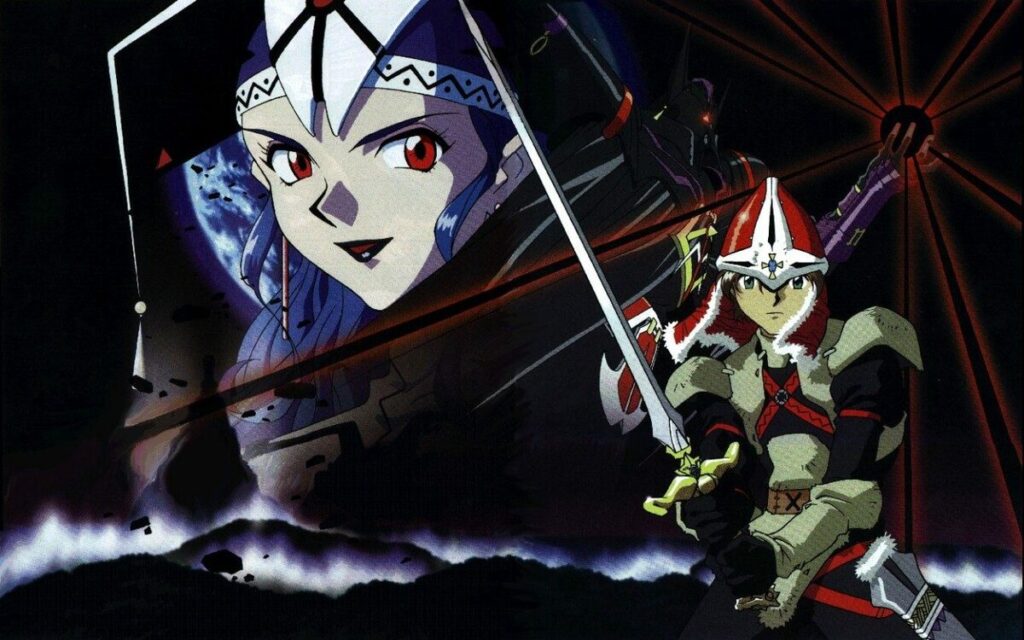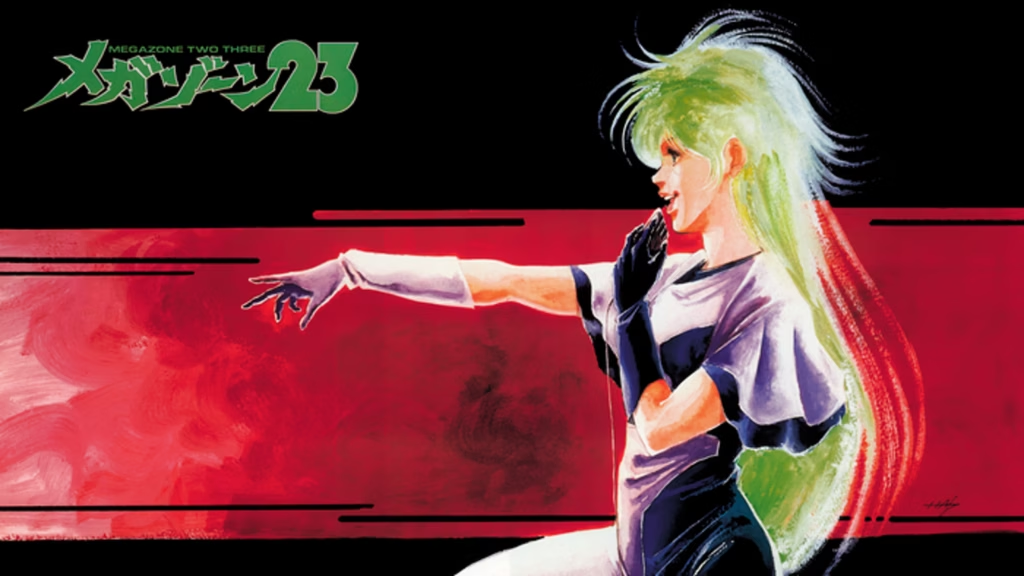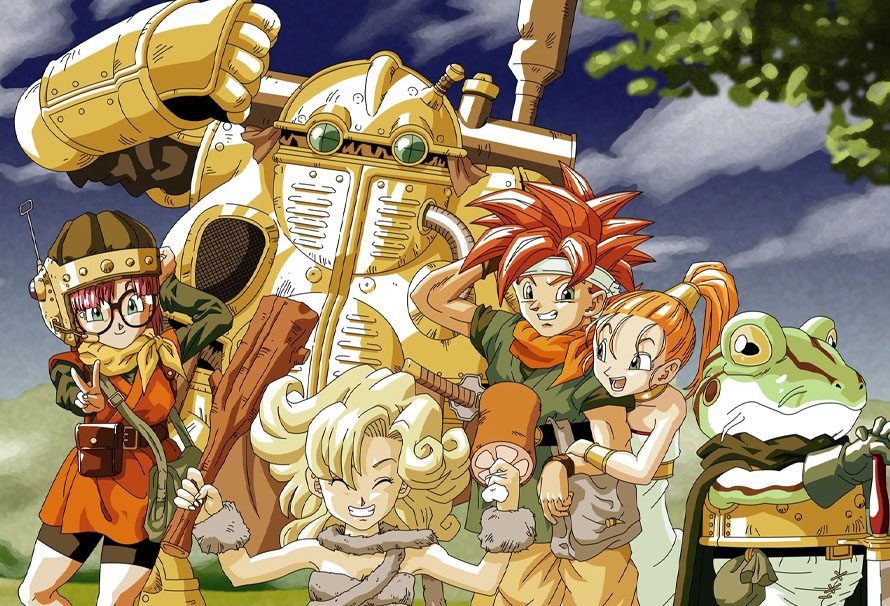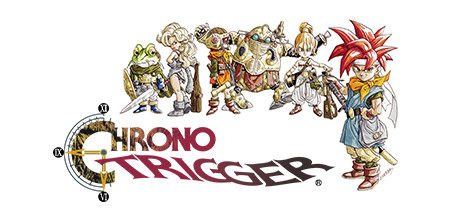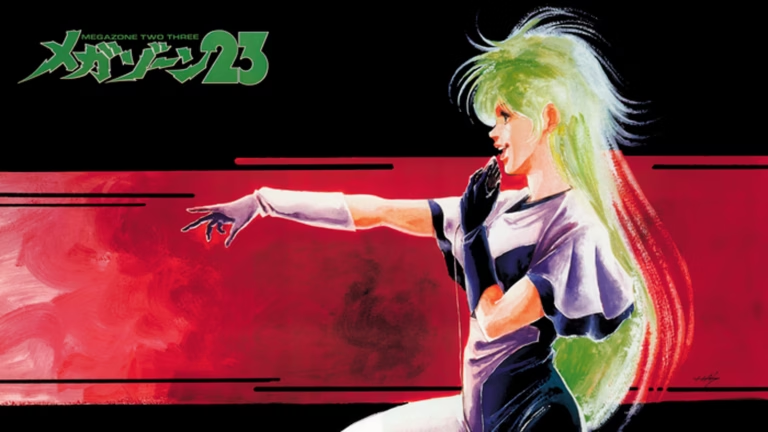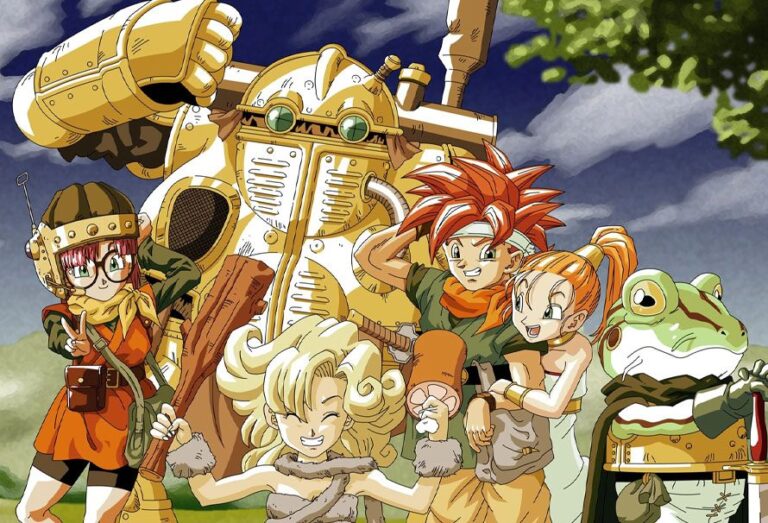Platform | TurboGrafx-CD |
|---|---|
Publisher | Working Designs |
Genre | Action RPG |
Release Date | 12/07/1991 |
Exile is a classic adventure game that has captivated players since its release. Developed by the legendary Peter Irvin and Jeremy Smith, Exile stands as a testament to innovative game design from the early era of video gaming. Known for its complex physics-based puzzles and non-linear gameplay, Exile offers a unique experience that continues to resonate with players and developers alike.
Story
Exile transports players to a distant world where the protagonist, Mike Finn, must embark on a mission of rescue and survival. The game’s narrative begins with the player character, a space engineer, crash-landing on the planet Phoebus. The mission is to rescue a kidnapped scientist named Triax and thwart the plans of the antagonist, the deranged criminal commander known as the Traitor. The narrative unfolds through exploration and interaction with the environment, offering a rich tapestry of storytelling that is deeply interwoven with the game’s mechanics.
The story of Exile is notable for its minimalist approach, relying heavily on environmental storytelling rather than dialogue or text-based exposition. Players uncover the narrative through exploration, discovering clues and piecing together the backstory of Phoebus and its inhabitants. This method of storytelling was revolutionary at the time and has influenced many subsequent titles in the adventure and open-world genres.
Gameplay
Exile is renowned for its groundbreaking gameplay mechanics, which include a robust physics engine and open-world exploration. Players navigate the alien landscape using a jetpack, enabling them to traverse the game’s expansive underground caverns and intricate tunnels. This freedom of movement is complemented by a sophisticated system of gravity and inertia, allowing for realistic and challenging navigation.
The game’s puzzles are a defining feature, requiring players to manipulate objects within the environment to progress. These puzzles often involve complex interactions and demand a high level of problem-solving skills, making Exile both challenging and rewarding for players who enjoy cerebral gameplay. The non-linear structure of the game means that players can choose their path and tackle challenges in different orders, which adds to the replayability and depth of the experience.
Exile also includes an innovative inventory system that allows players to collect and use various items throughout their journey. This system is integral to solving puzzles and overcoming obstacles, further enhancing the role of strategic planning and decision-making in the game.
Graphics and Sound
For its time, Exile boasted cutting-edge graphics and sound design. The game’s visuals are characterized by detailed sprite animations and a richly designed environment that conveys the alien nature of Phoebus. The art style, though limited by the hardware of the time, effectively combines vibrant colors with meticulous attention to detail, creating an immersive atmosphere that draws players into the world.
The sound design in Exile complements the visual elements, using atmospheric soundscapes and effects to enhance the sense of isolation and danger inherent in the game’s setting. The audio cues play a crucial role in gameplay, often signaling the presence of threats or guiding players through the environment. This careful integration of sound and gameplay mechanics exemplifies the thoughtfulness and innovation that defines Exile.
Legacy and Reception
Upon its release, Exile was met with critical acclaim for its innovative approach to game design. It was praised for its complex physics engine, open-world exploration, and challenging puzzles. The game’s influence can be seen in many modern titles that prioritize player agency and environmental storytelling.
Exile has become a cult classic among adventure game enthusiasts, with its legacy enduring through various ports and remakes on different platforms. Its reception has remained positive over the years, with many players and critics alike regarding it as a pioneering title that pushed the boundaries of what video games could achieve in terms of narrative and gameplay.
The influence of Exile is evident in the design philosophies of many contemporary games that emphasize open-ended exploration and player-driven narratives. Developers often cite Exile as a source of inspiration, particularly in the indie game scene, where its spirit of innovation and creativity continues to thrive.
Conclusion
Exile is a remarkable game that left a lasting impact on the video game industry. Its unique blend of physics-based gameplay, open-world design, and environmental storytelling set a high standard for adventure games. While it may not be as widely recognized as some of its contemporaries, its influence is undeniable, inspiring generations of game developers and players.
The game’s emphasis on exploration and problem-solving, combined with its innovative mechanics, has ensured that Exile remains a beloved title in gaming history. Whether you’re a veteran player revisiting the game or a newcomer experiencing it for the first time, Exile offers a rich and rewarding adventure that showcases the potential of video games as a medium for storytelling and interactive experiences.





